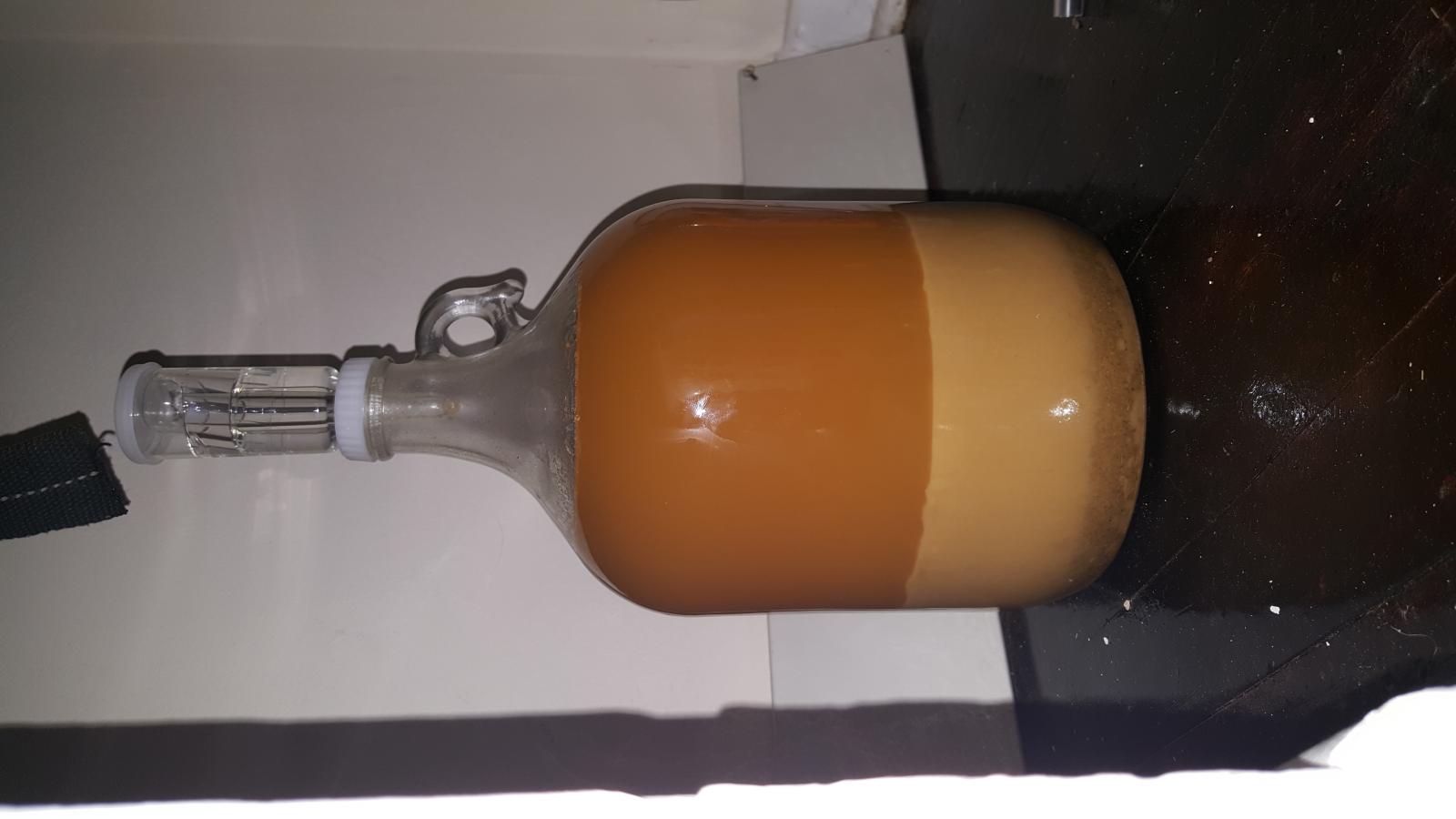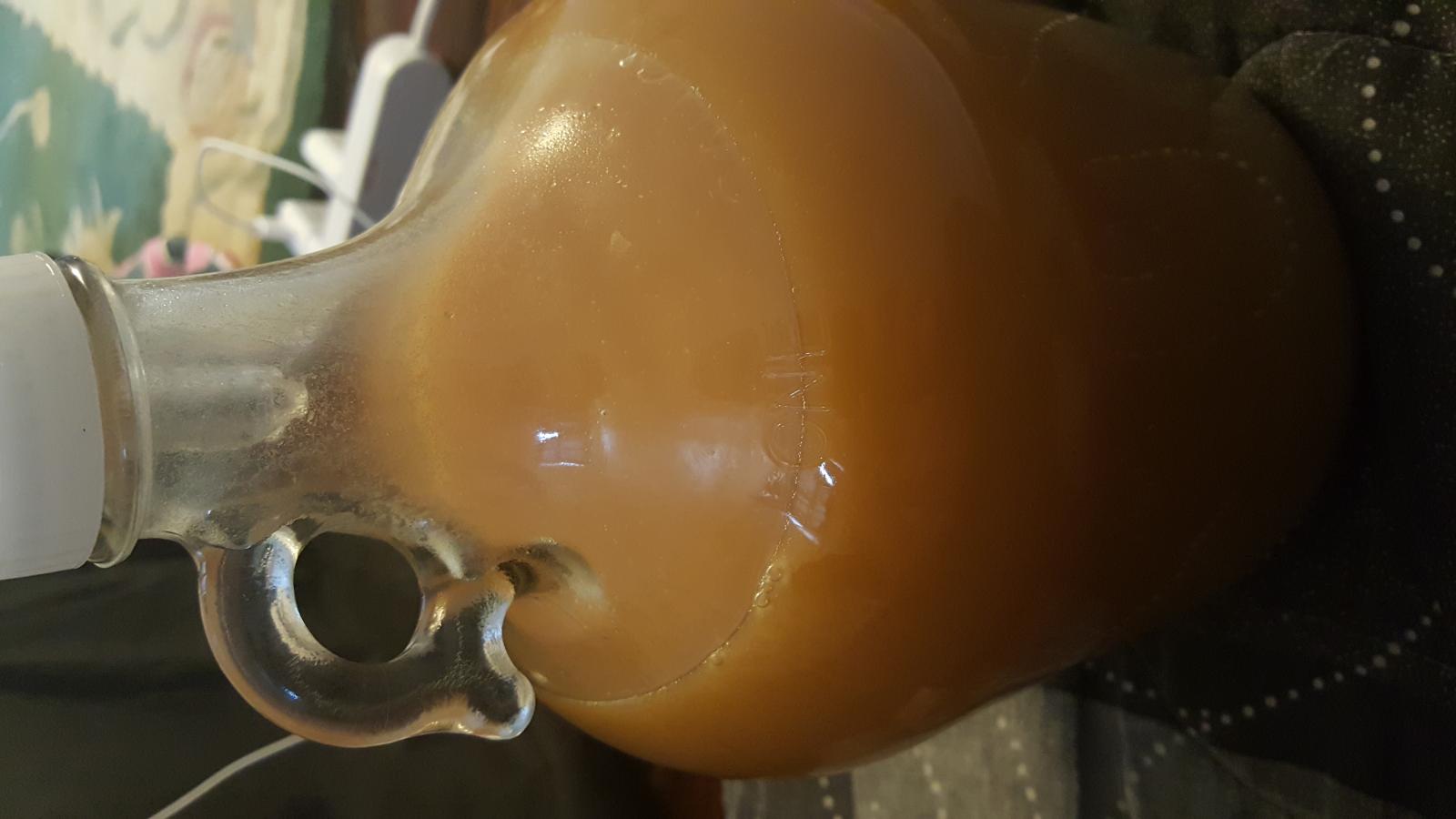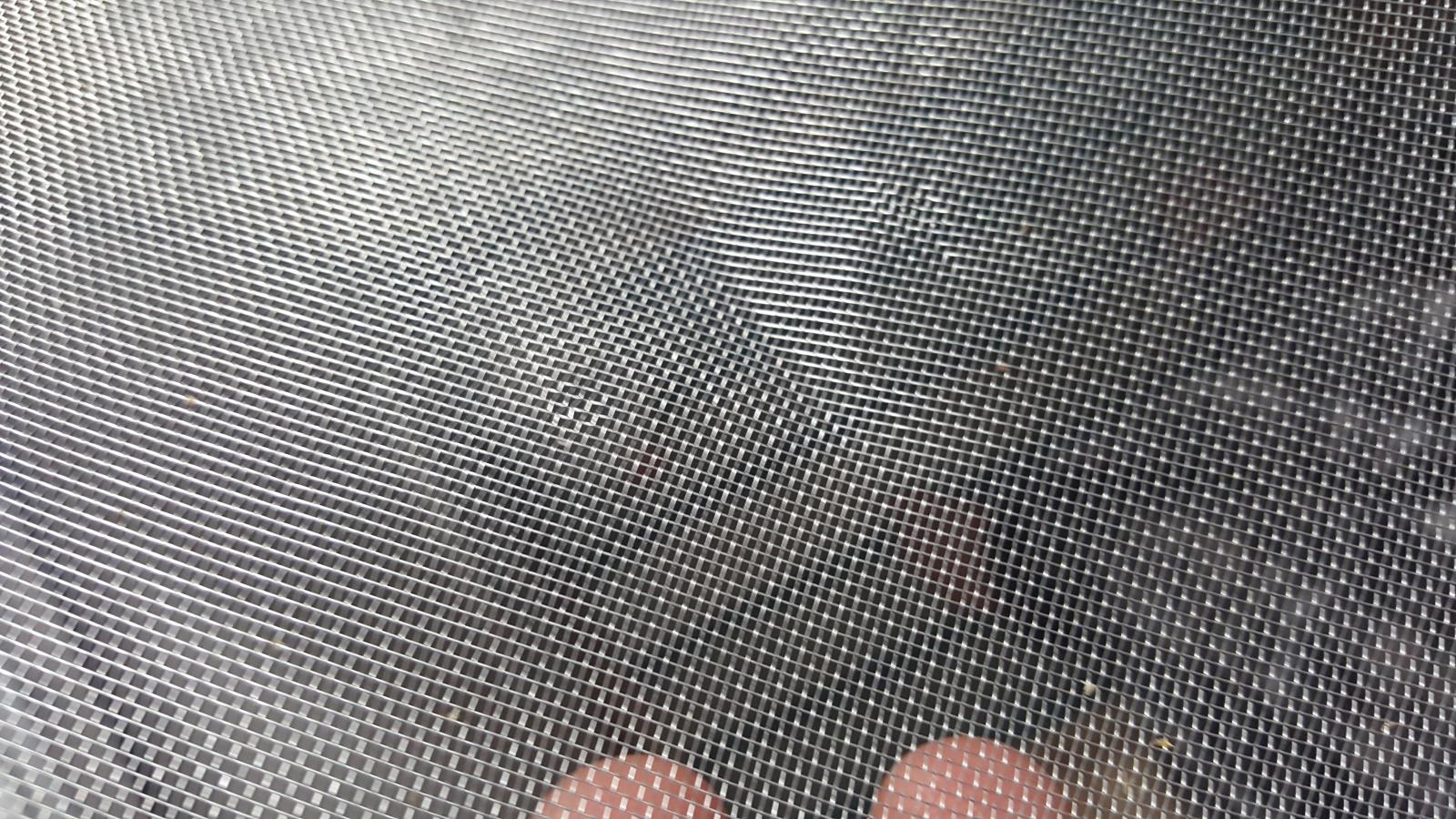Place brew pot in an ice bath until it cools to 70°F (21°C).
Once cooled, place strainer over funnel and pour your beer into the glass fermenter. Yeast needs oxygen. The strainer helps aerate your wort and clarify your beer (as well as catch any sediment from going into the fermenter). Add tap water to bring wort up to 1 Gallon mark if level is low.
Pitch yeast. (Toss the whole packet in.)
Shake aggressively. Youre basically waking up the yeast and getting more air into the wort.
Attach sanitized screw-top stopper to bottle. Slide rubber tubing no more than 1 (2.5 cm) into the stopper and place the other end in small bowl of sanitizer solution. Youve just made a blow-off tube. It allows CO2 to escape.
Let sit for two or three days or until vigorous bubbling subsides. This is when fermentation is highest. You may notice bubbles and foam at the top of the beer. After bubbling calms down, clean tubing and ready your airlock.
Sanitize, then re-assemble airlock, filling up to line with sanitizer.
Insert airlock into hole in stopper.
Keep in a dark place at room temperature for two weeks without disturbing other than to show off to friends. (If beer is still bubbling, leave sitting until it stops.)


















![Craft A Brew - Safale S-04 Dry Yeast - Fermentis - English Ale Dry Yeast - For English and American Ales and Hard Apple Ciders - Ingredients for Home Brewing - Beer Making Supplies - [1 Pack]](https://m.media-amazon.com/images/I/41fVGNh6JfL._SL500_.jpg)











































